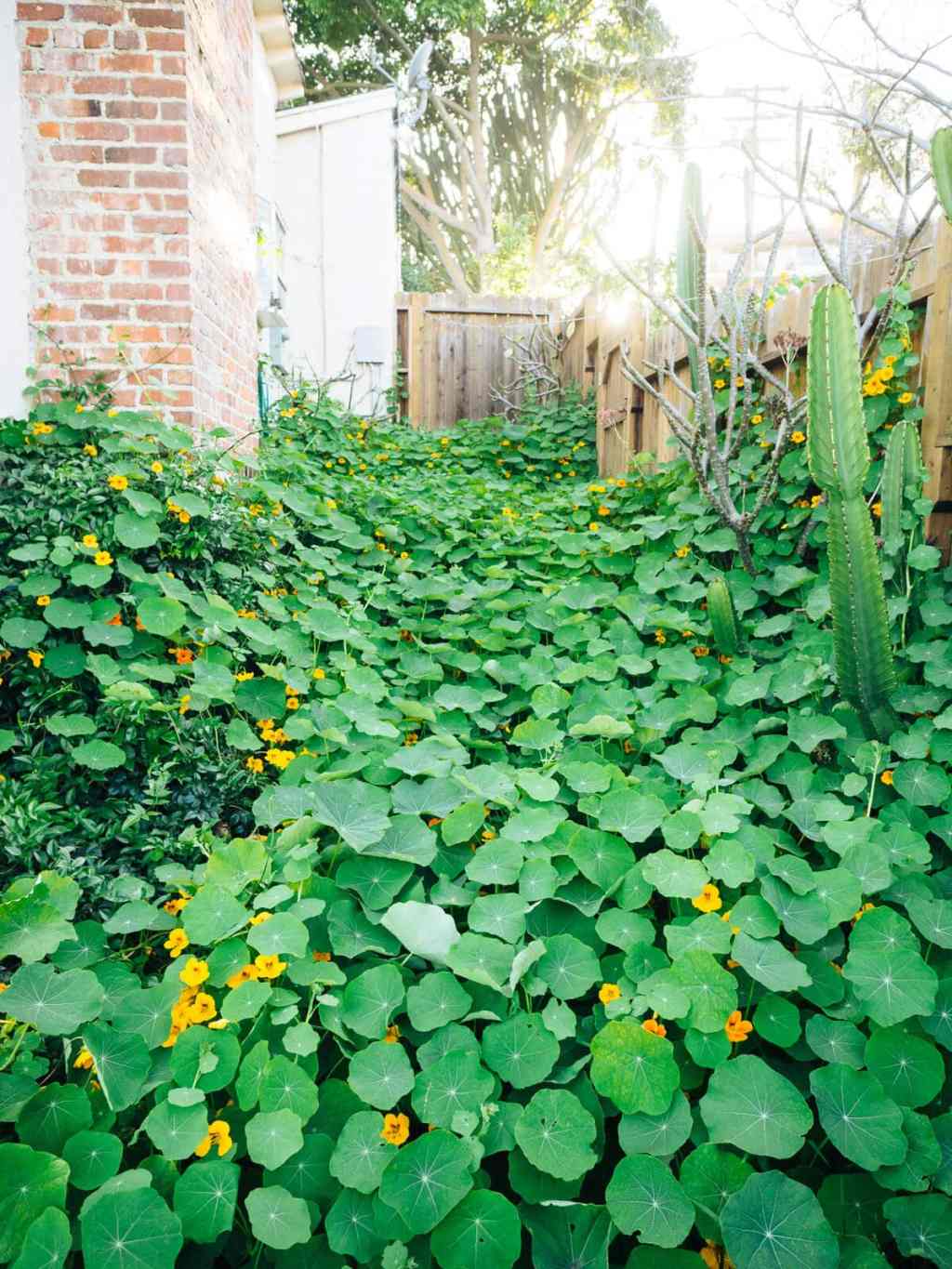Edible Ground Covers: A Sustainable and Nutritious Addition to Your Homestead
When it comes to sustainable living, gardening plays a crucial role in providing us with fresh and healthy food. While most of us are familiar with traditional garden beds or raised planters, there is another innovative approach gaining popularity among homesteaders – edible ground covers.
Ground covers are low-growing plants that spread horizontally to cover the soil surface. They offer numerous benefits beyond their aesthetic appeal, such as preventing erosion, suppressing weeds, retaining moisture in the soil, and attracting beneficial insects. However, not all ground covers are created equal. By choosing edible varieties, you can transform your landscape into a productive space while enjoying the added bonus of harvesting nutritious food right from your backyard.
In this article, we will explore some fascinating options for edible ground covers that you can incorporate into your homestead.
1. Creeping Thyme (Thymus serpyllum)
Creeping thyme is a versatile herb that forms dense mats of fragrant foliage and delicate flowers. It thrives in full sun and well-drained soil but can tolerate drought once established. This resilient ground cover not only adds beauty to your garden but also attracts pollinators like bees and butterflies.
The leaves of creeping thyme have a strong aroma which makes them ideal for culinary uses such as flavoring meat dishes or adding depth to soups and stews. Moreover, they possess antiseptic properties which have been utilized traditionally as natural remedies for respiratory ailments.
2. Corsican Mint (Mentha requienii)
If you’re looking for an aromatic ground cover with a refreshing scent reminiscent of peppermint or spearmint, corsican mint is an excellent choice. This low-growing perennial thrives in moist conditions and partial shade.
Corsican mint’s petite leaves make it ideal for garnishing desserts or infusing beverages like tea or lemonade with its invigorating flavor. Its fragrance can also help to deter pests, making it a valuable addition to your garden.
3. Alpine Strawberries (Fragaria vesca)
Alpine strawberries, also known as wild strawberries or woodland strawberries, are a delightful ground cover that produces small, intensely sweet berries. They prefer partial shade but will tolerate full sun if provided with adequate moisture.
Unlike traditional garden strawberries, alpine strawberries are smaller in size but pack a punch when it comes to flavor. Their delicate fruits can be enjoyed fresh from the plant or used in jams, pies, and desserts.
4. Creeping Blueberry (Vaccinium species)
Blueberries are well-known for their delicious taste and antioxidant-rich properties. However, most blueberry varieties grow on shrubs rather than creeping along the ground. Thankfully, there are some low-growing cultivars available that can serve as edible ground covers.
Creeping blueberries form dense mats of foliage and produce an abundance of small-sized fruits packed with vitamins and minerals. They require acidic soil conditions and regular watering to thrive.
5. Roman Chamomile (Chamaemelum nobile)
Roman chamomile is a fragrant herb that forms a dense carpet-like cover with its feathery leaves. It thrives in sunny locations with well-drained soil.
The flowers of Roman chamomile have long been treasured for their calming properties when brewed into tea or used in herbal remedies for soothing digestive issues or promoting relaxation.
6. Nasturtiums (Tropaeolum majus)
Nasturtiums are not only beautiful flowers but also versatile edible plants that make excellent ground covers due to their sprawling habit and vibrant colors.
Both the leaves and flowers of nasturtiums possess a peppery flavor reminiscent of watercress which makes them an interesting addition to salads or sandwiches. Additionally, they attract pollinators like bees while deterring pests like aphids, making them a valuable companion plant in your garden.
7. Sweet Woodruff (Galium odoratum)
Sweet woodruff is a shade-loving herbaceous perennial that spreads rapidly to form a lush green carpet with its whorls of delicate leaves. It thrives in moist and well-drained soil.
Apart from its decorative value, sweet woodruff has been traditionally used to flavor beverages like May wine or as an herbal remedy for digestive ailments due to its mild sedative and antispasmodic properties.
8. Corsican Honeysuckle (Lonicera crassifolia)
Corsican honeysuckle is a fast-growing ground cover that produces fragrant yellow flowers followed by small edible berries. This evergreen vine prefers full sun but can tolerate partial shade.
The berries of corsican honeysuckle are sweet and juicy, making them perfect for snacking or incorporating into jams and jellies. As an added benefit, this ground cover also attracts hummingbirds and butterflies.
9. Golden Creeping Jenny (Lysimachia nummularia ‘Aurea’)
Golden creeping jenny is a low-maintenance ground cover with trailing stems adorned with vibrant chartreuse foliage. It tolerates various lighting conditions from full sun to partial shade and prefers consistently moist soil.
While not typically consumed directly, golden creeping jenny adds a pop of color and texture to your landscape design while serving as an effective weed suppressant.
10. Carob Tree (Ceratonia siliqua)
Carob trees are versatile evergreens that offer both ornamental beauty and edible pods rich in natural sugars. They thrive in Mediterranean climates with well-drained soil.
Carob pods can be roasted then ground into powder as a cocoa substitute or used as natural sweeteners in baked goods or smoothies.
In conclusion, incorporating edible ground covers into your homestead not only enhances the visual appeal of your landscape but also provides an abundant source of fresh and nutritious food. From fragrant herbs to colorful flowers and tasty berries, there are numerous options available to suit your taste preferences and growing conditions. So, why not take advantage of these versatile plants and transform your garden into a productive oasis?


Leave a comment